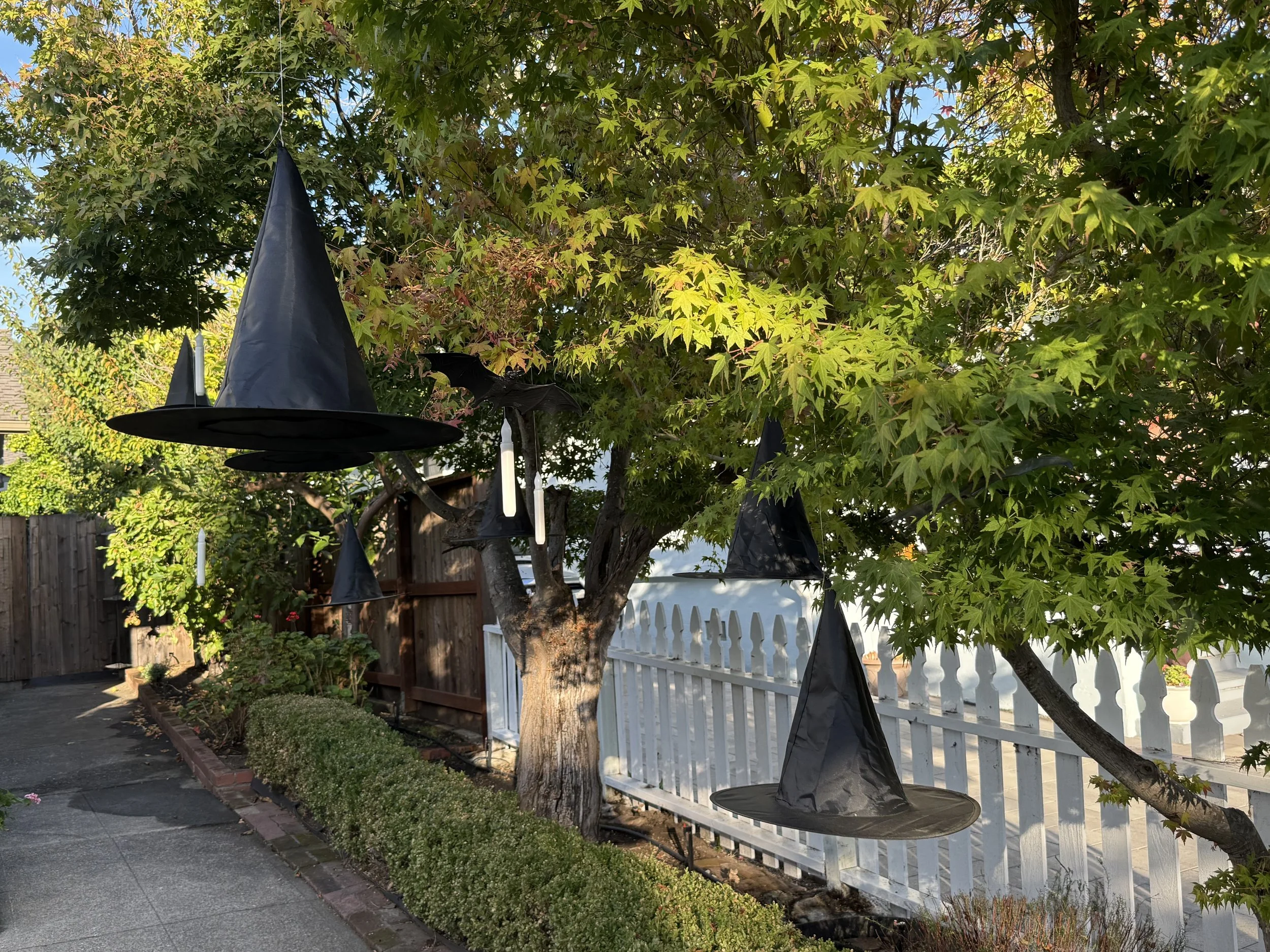Recently, I was facilitating a class at a church in which a participant reported a mystical experience. Her story resonated with my own encounters with an enchanted reality that births, transcends, and infuses the narrower bandwidth of reality we typically perceive.
This reality befuddles any attempts to explain or define it. Nonetheless, I offered a few thoughts:
Most of us catch glimpses of this mystery, this boundless reality, and then get on with our lives. Those who keep turning toward the mystery, we call mystics. They are drawn to what which directly illumines our entire world, yet we can’t talk about directly, only hint at via metaphor, imagery, music, and poetry. They hint at the everything-everywhere-all-at-once-ness of this reality, shimmering through kaleidoscopic diversity yet also infinite and inseparable.
Rather than further try to explain the inexplicable, I invited the class to check out the luminous reflections of Christian mystics like Thomas Merton, Julian of Norwich, St. John of the Cross, Teresa of Avila, and Meister Eckhart.
No response. “Bueller…Bueller…Bueller…?”
I could tell by the puzzled looks that this was all new information conveyed in a foreign language. Part way through my impromptu monologue on mystics, someone asked, “Were they witches?”
Witches? Really? I immediately replied, “No, they were Christians. In fact, many were priests, nuns and monks. Many were religious women whose writings were disregarded and ditched by the men.”
Later, I had an aha moment. Yes, they were witches! Ok, before anyone raises a stink, no they did not think of themselves as witches. Nor would those who identify as witches think of themselves as Christian mystics.
Yet, on this Halloween, which our pagan and Celtic friends observe as Samhain, we begin to find commonality. Those who identify as witches (and many others) will observe this sacred transition from the harvest season to winter, when the veil between the living and the dead thins. The church merged this ancient observance into its own honoring of the dead, All Saints Day/All Souls Day. Mystics live in a loving reality which makes the veil permeable.
The mystics were practitioners of a kind of magic as they sensed the mystery everywhere and invited everyone to see through magical eyes. They realized the omnipresent divine presence in every soul, leaf, dog, raindrop and human being. Their potions were mystical visions, and their spells were love poems dripping with orgasmic yearning for divine union. And that got them in trouble.
While most did not suffer the same horrible fate as those branded as witches, they were often silenced, harassed, or persecuted by the institutional church because they did not conform to the command and control, patriarchal, reward/punishment theology that lacked spiritual fluidity, humility and soulfulness.
They focused on the awakened heart; the institutional church was concerned with doctrinal purity. They knew unmediated intimacy with God; the church insisted on being the intermediary with God. They revered God appearing in nature and also a formless God transcending any “God appearance”; the church largely denigrated nature as fallen from grace, dissed matter as a distant cousin to Spirit, and distrusted any God who couldn’t be sliced, diced and neatly contained in a theological treatise.
These mystics were decidedly followers of Christ, intimate companions with Jesus. And they were also practitioners of an awakening to the magic of Life. And those attuning to this mysterious essence, find companions everywhere: human and more than human, in their own interior life and in the infinite diversity of existence, in their own faith tradition and in the mystical branches of every faith tradition and with those deep souls who adhere to no specific tradition.
In these troubled times, we need the magic of mystics, those who lived long ago and those among us today. They break through the haze of our egoic confusion, hard heartedness, inner and outer violence, and the illusion of being independent, finite, separate beings disconnected from everyone and everything. Some are saints, some drive garbage trucks, some have four legs. Their very presence stirs awareness of the magic of the Holy in every moment of our lives so that we too become mystics.
When this magical transformation blooms, we wake up to the community of all life all around us and beyond us, seen and unseen. We no longer feel like we have to go it alone.
And, while still in this world, we also sense we are simultaneously dwelling in a realm of unbounded love and are enveloped by a great cloud of witnesses from beyond cheering us on. This grounds us so deeply that we welcome our messy humanness so that is seen, heard, held, and healed with the elixir of compassion. We practice the magic of inner and outer understanding, peace, connection, and active hope. We transmute self-judgment into self-forgiveness, which unplugs externally projected judgment from its power supply.
We even find that the other person is, in fact, not so other. As Dar Williams sang in “The Christians and the Pagans”:
So the Christians and the Pagans sat together at the table,
Finding faith and common ground the best that they were able,
And where does magic come from? I think magic's in the learning,
'Cause now when Christians sit with Pagans only pumpkin pies are burning.
References & Resources
For a deeper dive into the Christian mystics, check out:
To listen to “The Christians and the Pagans”:
